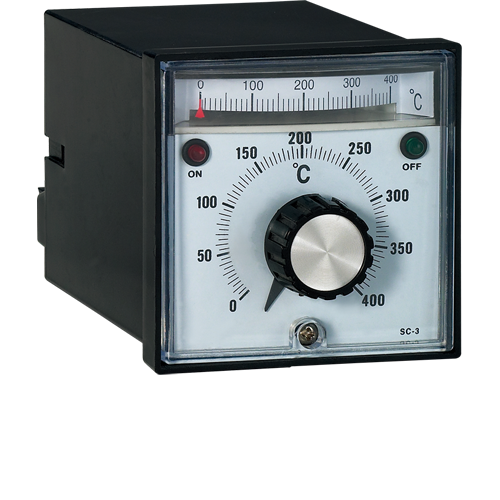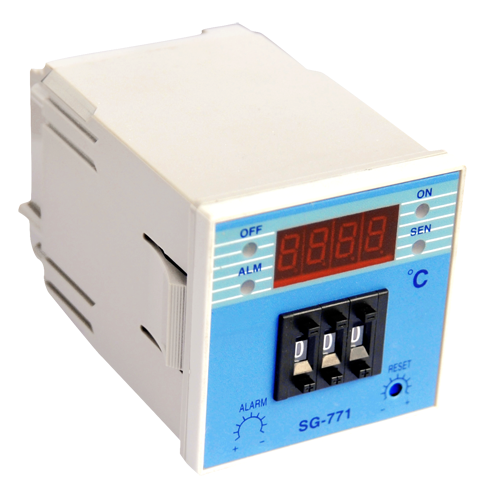A modular device China refers to a system or product that is composed of individual modules or components that can be easily combined, replaced, or upgraded according to the user’s needs or preferences. These devices offer flexibility, scalability, and customization, allowing users to tailor the device to specific requirements without the need for extensive modifications or replacements.

Here are some key characteristics and examples of modular devices:
Modularity: Modular devices are designed with interchangeable components that can be assembled or disassembled easily, typically using standardized interfaces or connectors. This modularity enables users to customize the device’s functionality, upgrade individual components, or replace faulty parts without replacing the entire device.
Flexibility: One of the primary advantages of modular devices is their flexibility. Users can configure the device to meet different use cases or adapt it to changing requirements over time. This flexibility is particularly beneficial in industries with rapidly evolving technology or diverse application scenarios.
Scalability: Modular devices can be scaled up or down by adding or removing modules as needed. This scalability makes them suitable for a wide range of applications, from consumer electronics to industrial automation systems. Users can start with a basic configuration and expand the device’s capabilities as their needs grow.
Customization: Modular device supplier offer a high degree of customization, allowing users to create personalized configurations tailored to their specific preferences or requirements. This customization may involve selecting different modules, adjusting parameters, or integrating third-party components to enhance functionality.

Overall, Modular device offer numerous benefits, including versatility, adaptability, and cost-effectiveness, making them well-suited for a wide range of applications across different industries.
Follow our Facebook and Twitter for more information about our product.


















